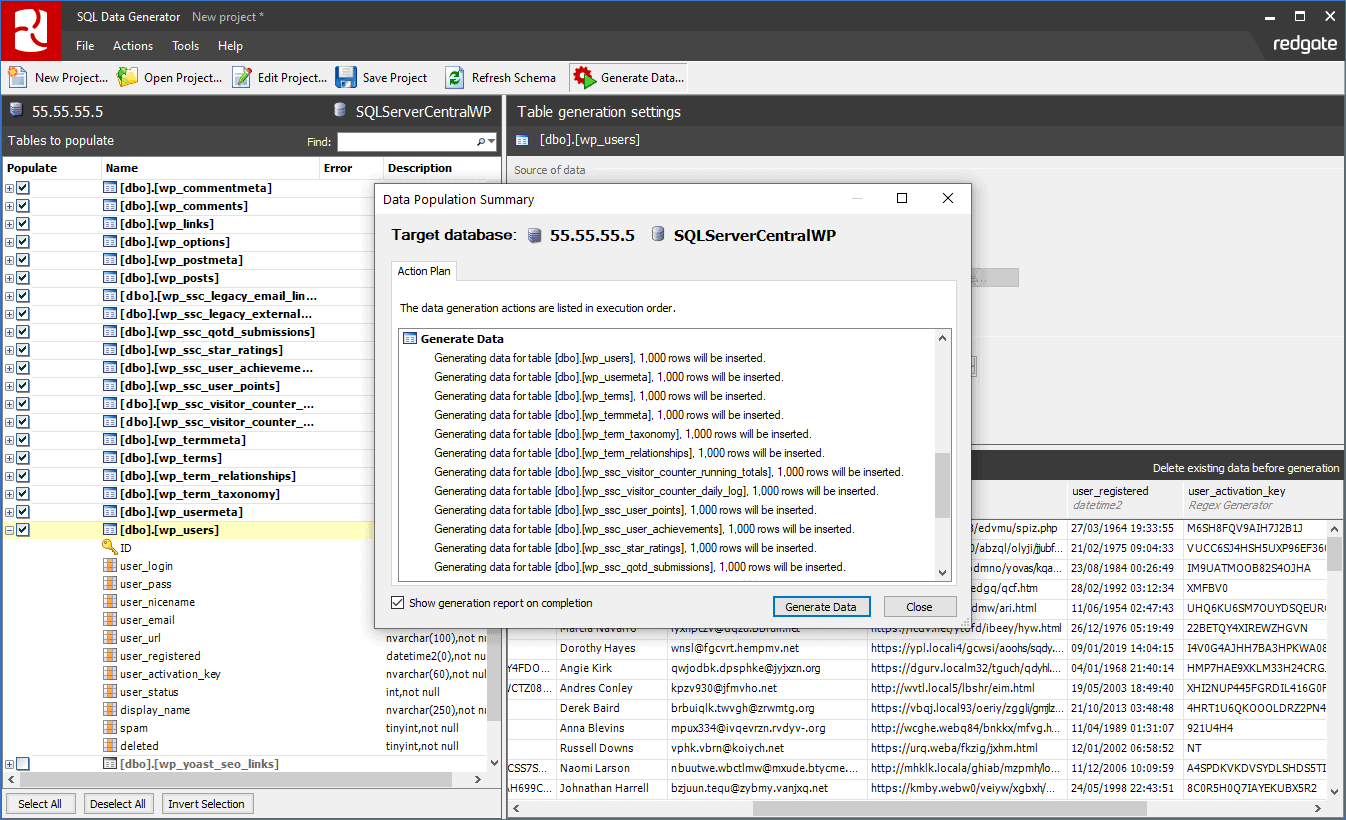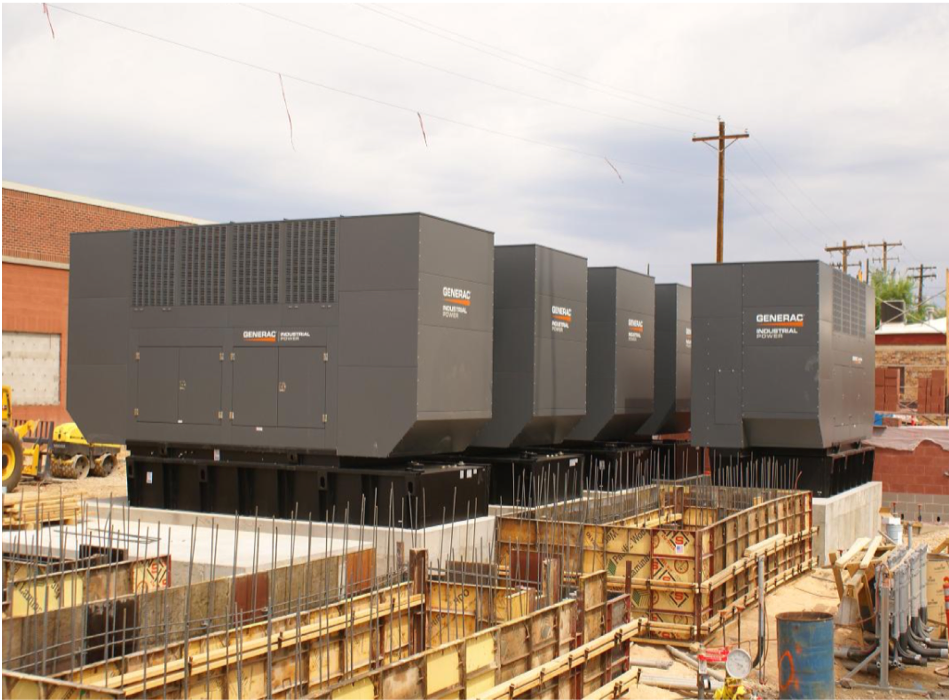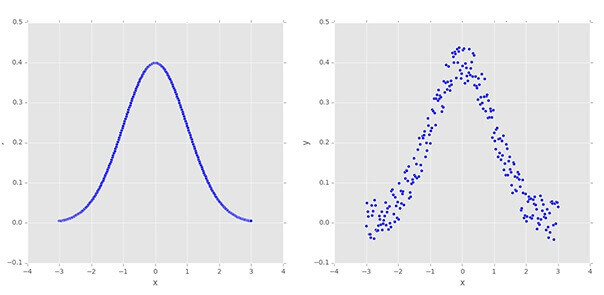

# Input data files are available in the read-only "./input/" directory pd.read_csv)įrom sklearn.preprocessing import MinMaxScalerįrom import Sequential#įrom import Activation, Dense, Flatten, BatchNormalization, Conv2D, MaxPool2D#įrom import Adam #įrom import categorical_crossentropy #įrom import ImageDataGenerator #įrom trics import confusion_matrix # Import pandas as pd # data processing, CSV file I/O (e.g.

These are my imports: import numpy as np # linear algebra# The rotation will most probably spin photons out of the captured image, leaving blank spaces in the frame which must be patched in.I'm trying to add image data to a Kaggle notebook so I can run a convolutional neural network but I'm having trouble doing this via ImageDataGenerator.
Random rotation– A rotation augmentation spins the picture clockwise by a specified number of degrees between 0 and 360 at random. Numbers just under 1.0 dim the picture, whereas values more than 1.0 lighten it, while 1.0 has no impact. This may be accomplished by using the brightness range option to the ImageDataGenerator constructor, which provides the min and max range as a float indicating a % for determining the amount of brightening. The goal is for a model to adapt across photos that have been trained at various illumination conditions. Random brightness– Randomly darkening photos, lightening images, or both can be used to boost the brightness of an image. Horizontal and vertical flip– In the instance of a horizontal or vertical flip, an image flip entails inverting the columns and rows of pixels.Ī boolean horizontal flip or the vertical flip option to the ImageDataGenerator main approach specifies the flip augmentation. It is because augmentation is used only to increase the training dataset artificially in terms of improving model performance on an unenhanced dataset. A second ImageDataGenerator instance is frequently used, which may have the same pixel scaling setup as the ImageDataGenerator example utilized for the learning data, but does not require data augmentation. The validation, as well as the test data, can both be specified using a data generator. So because augmentations are done at random, it is possible to produce and employ changed pictures as well as near imitations of the actual pictures during training. Instead, the model is only given enhanced pictures. The dataset’s photos aren’t directly used. A variety of approaches, as well as image scaling methods, are supported. First, the class must be constructed, and the kinds of data augmentation must be configured using parameters sent to the main approach. The ImageDataGenerator class is used to do this. When training a model, the Keras deep learning package allows you to employ data augmentation automatically. Get Started Our Github ImageDataGenerator and image augmentation Data preparation, such as picture resizing and pixel scaling, differs in that it must be done uniformly throughout all data that interface with the model. Typically, image data augmentation is only used on the training dataset, not the test datasets. However, augmentation can help with this transform invariant method to learning by assisting the model in learning characteristics that are also transform invariant. Modern DL algorithms (CNN), can learn characteristics that are independent of where they appear in the picture. In addition, a small domestic data, system, and training run may be used to test data augmentation strategies alone and together to evaluate if they lead to a noticeable improvement in model performance. As a result, it is evident that the precise data augmentation techniques utilized for training data must be carefully chosen, taking into account the training dataset as well as an understanding of the issue area. This refers to changes in the training data set pictures that the model is likely to observe. The goal is to add additional, believable instances to the training collection. 
Zooms, flips, shifts, and other operations from the area of picture editing are included in transforms. The most well-known sort of data augmentation is picture data augmentation, which entails transforming pictures in the training data into altered copies. This is accomplished by using domain-specific approaches to transform instances from training data into new and unique training examples. Data augmentation is a method of artificially creating fresh train data from existing data.The amount of available data frequently improves the productivity of DL neural networks.







 0 kommentar(er)
0 kommentar(er)
